Communities in Aberdeen and Dundee are being urged to take over more land and buildings as buyouts rise in other urban areas.
There are now more than 700 projects and over half a million acres under community control in Scotland.
The movement has its strongest roots in the Highlands and Islands, including landmark buyouts such as Eigg, Gigha and Knoydart.
It is seen as a way of reversing depopulation in many rural areas by creating jobs and developing affordable housing.
But there is growing momentum in towns and cities and 20% of all community-owned assets are now urban.
Events will mark growth of community ownership
Increasing community ownership is being marked with a series of events during Community Land Week which runs from today until October 29.
Extended celebrations, organised by Community Land Scotland (CLS) and the Scottish Government, will also highlight the landmark of 100 years since Stornoway became the first population in Scotland to take control of local assets.
The town was gifted to its residents by millionaire owner, the then Lord Leverhulme, creating the Stornoway Trust.
New figures show nearly 100 community groups in Glasgow aim to take control of local buildings or land, adding to the 52 existing community landowners.
Edinburgh has also seen 12 community buyouts in the last six years, including three in the last year, and more proposed.
CLS says it hopes more projects will now come forward in Aberdeen and Dundee.
The law in Scotland was changed in 2016 to make it easier for communities to buy urban land or buildings.
The Scottish Land Fund, which can help with the initial purchase, was also extended to urban areas in the same year.
Although cautious at first, urban groups are now helping lead the charge to take control of community assets.
Examples of community ownership in Aberdeen
Existing examples in Aberdeen include Fittie Community Development Trust which bought a 1950s Gospel Hall from the city council to use as a community centre.
The Donside Village Community operates Scotland’s first community-owned and managed urban hydro scheme.
It was set up on the site of the former Donside Papermill with the aim of establishing the area as an environmentally friendly community park.
And Bonnymuir Green is a walled-community garden, recreational space and weekend café owned and sustained by residents.
Last year a living roof was installed to encourage biodiversity in the heart of the city.
CLS development manager Linsay Chalmers said: “What we’ve seen with Glasgow and Edinburgh is that when local communities understand the opportunity that now exists to strengthen and empower their locality, the help and advice that is available, the chance to hugely improve facilities, they jump at the chance.
“We’re optimistic that when Aberdeen and Dundee, and the other places who have been wary so far, maybe see the examples of success in other urban areas, they will be tempted to follow and join in the chance to get involved and take ownership of land, buildings, services and facilities that are important to them.”
Highland Council and Argyll and Bute areas now have about 260 community-controlled projects.
But the Western Isles remains the heartland of community ownership with 75% of the land area owned by local residents.
‘Multiple benefits’ from community control
Community Land Outer Hebrides development officer Finlay MacLennan, said there is much to celebrate during Community Land Week.
“The large proportion of our land area is now owned and controlled by people who live on that land, and we see multiple benefits from that in a wide range of community projects and jobs and housing.”
He said the situation is not viewed through rose-tinted glasses and there are challenges for buyout estates.
“But community buyouts are much more democratic. The local people – the people that care most about the community – make the decisions.
“The buyouts represent the communities themselves helping find solutions.
He said it is important to respect what the communities themselves want.
“Some don’t want to leave their existing landlords. Others want to embrace community ownership and control.
‘But, when they understand that there is financial help available, and that there is help and advice and support, and especially when they see the success of other buyouts, they will often be persuaded that buyout is best.”
Community support for Bays of Harris buyout
A number of Western Isles estates are still owned by the Scottish Government or a private landowner.
The Bays of Harris Estate is expected to be in community hands next year.
A ballot last year showed 63% of local people supported the acquisition of the 27,000-acre area.
However, there has been minimal progress in the ten years since at attempt started to buy Great Bernera Estate from its Germany-based owner.
In 2015, 85 percent of Great Bernera residents voted for local control.
Nearly 50 communities across Scotland are taking part in Community Land Week.
Events include a free ceilidh organised by Borve and Annishadder Township in Skye, the Applecross Community Harvest Festival and a Halloween event in South West Mull and Iona.
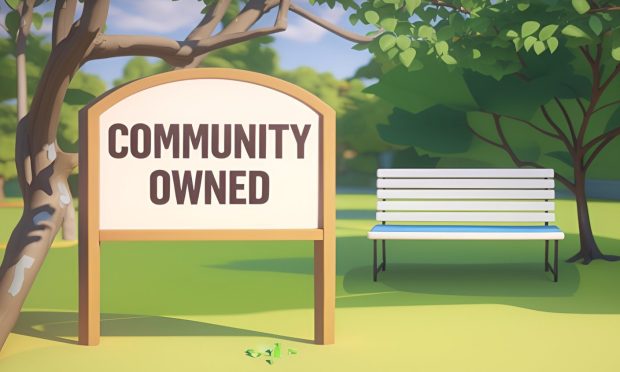
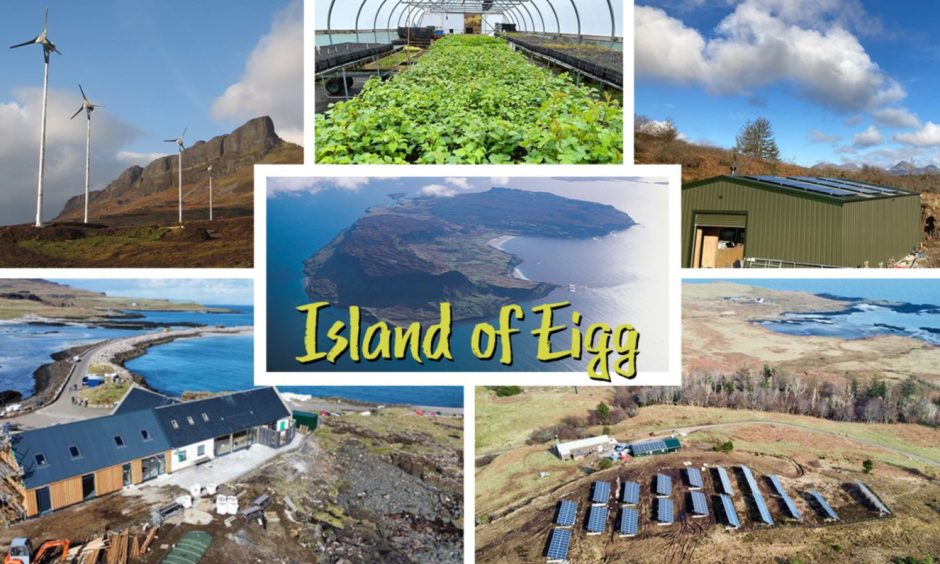
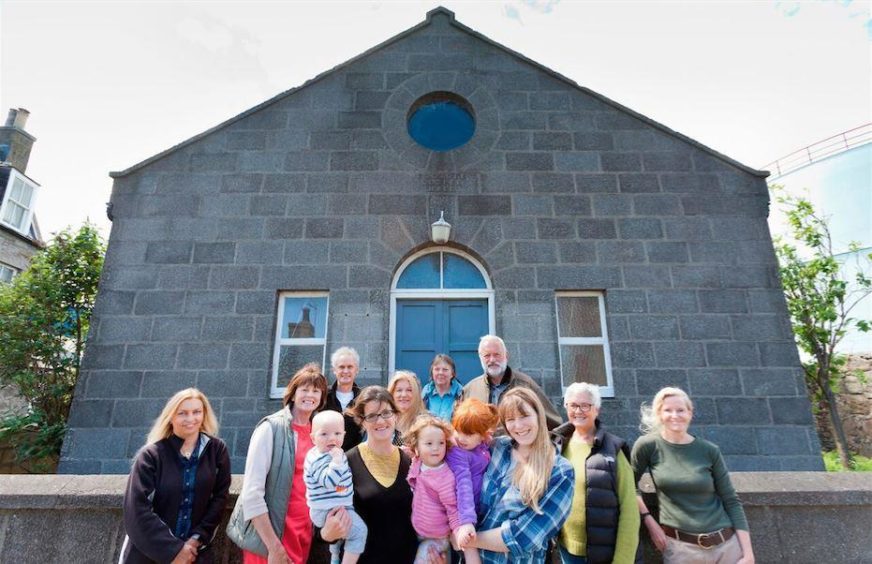
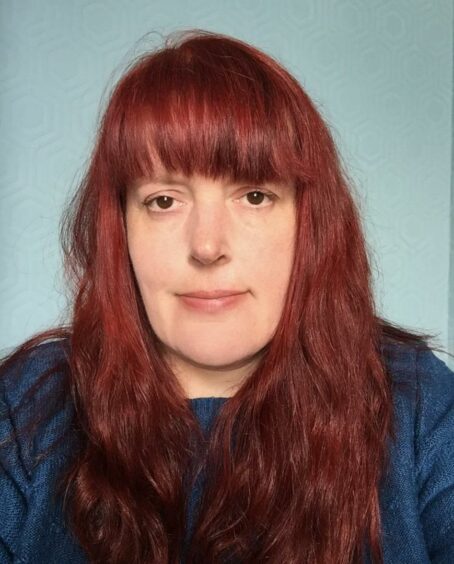
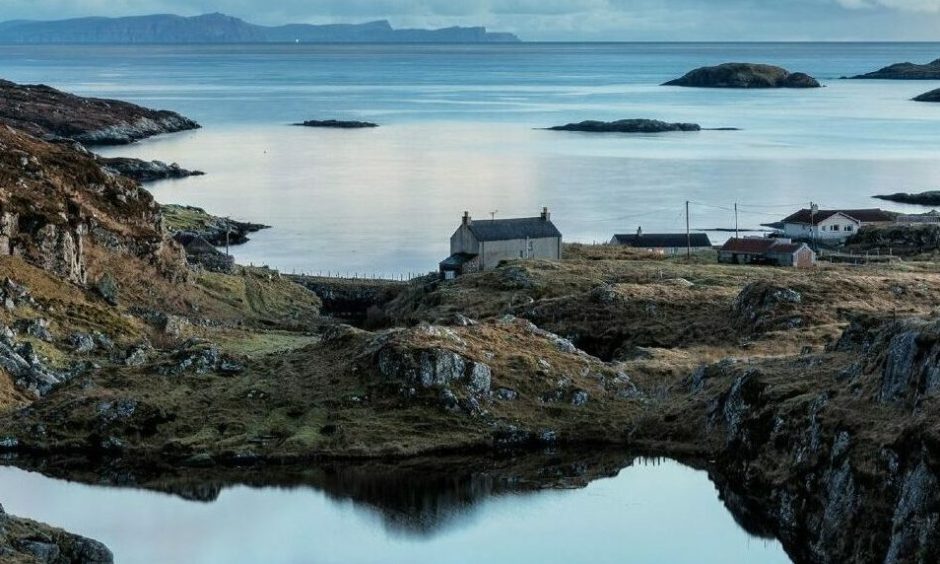
Conversation